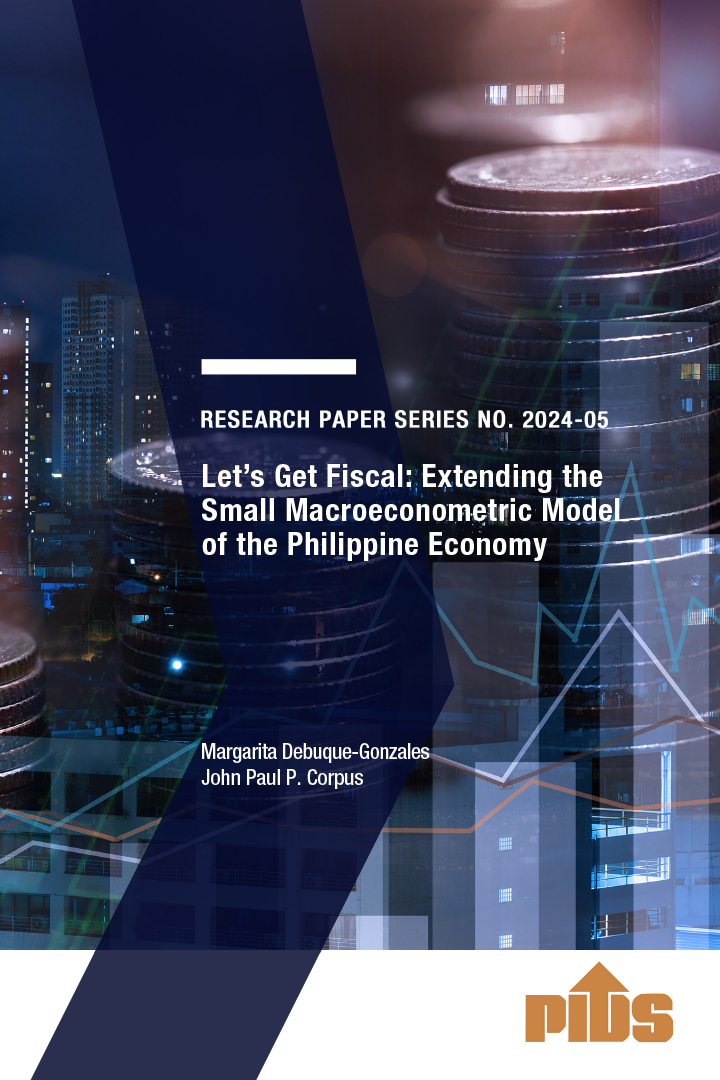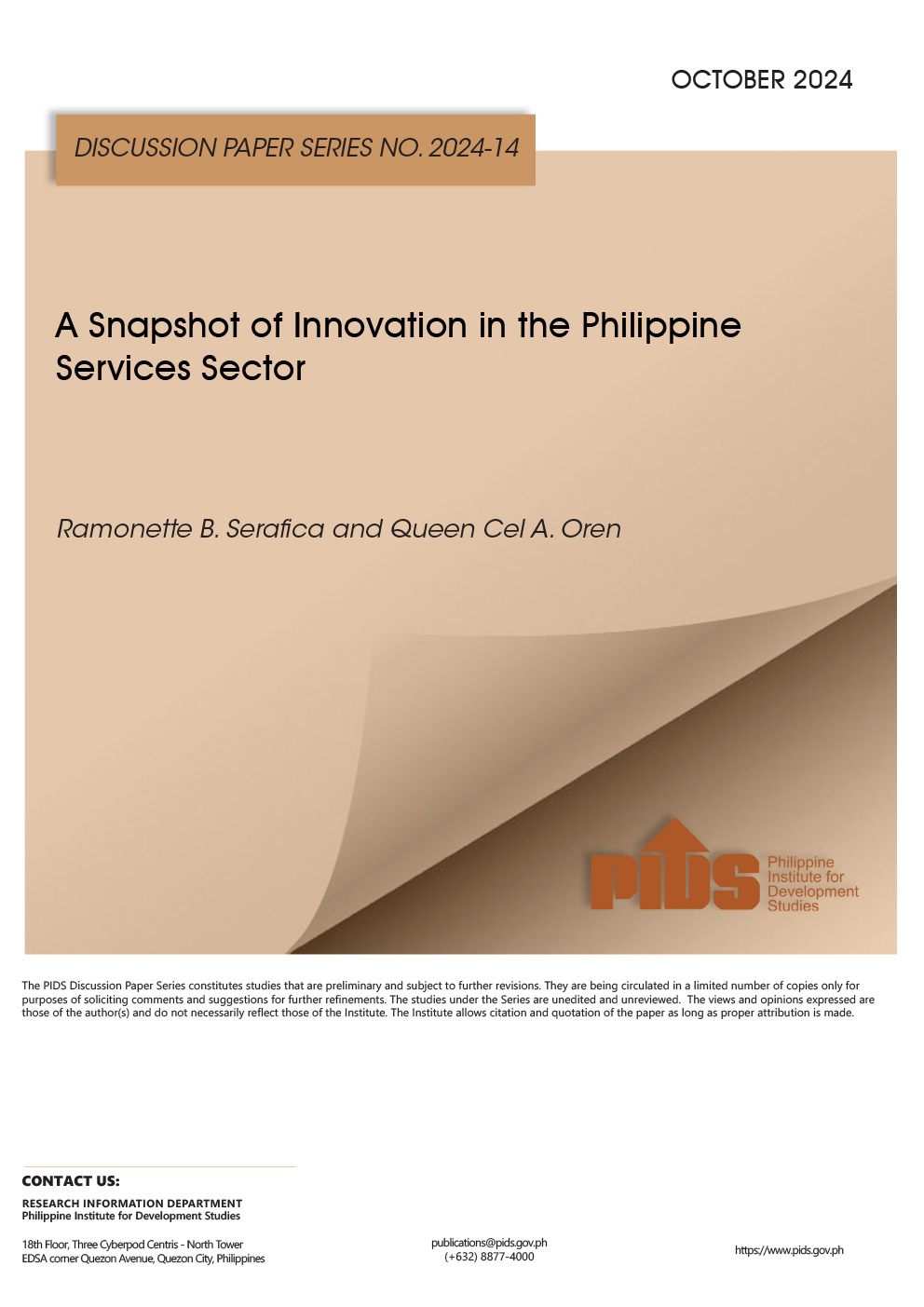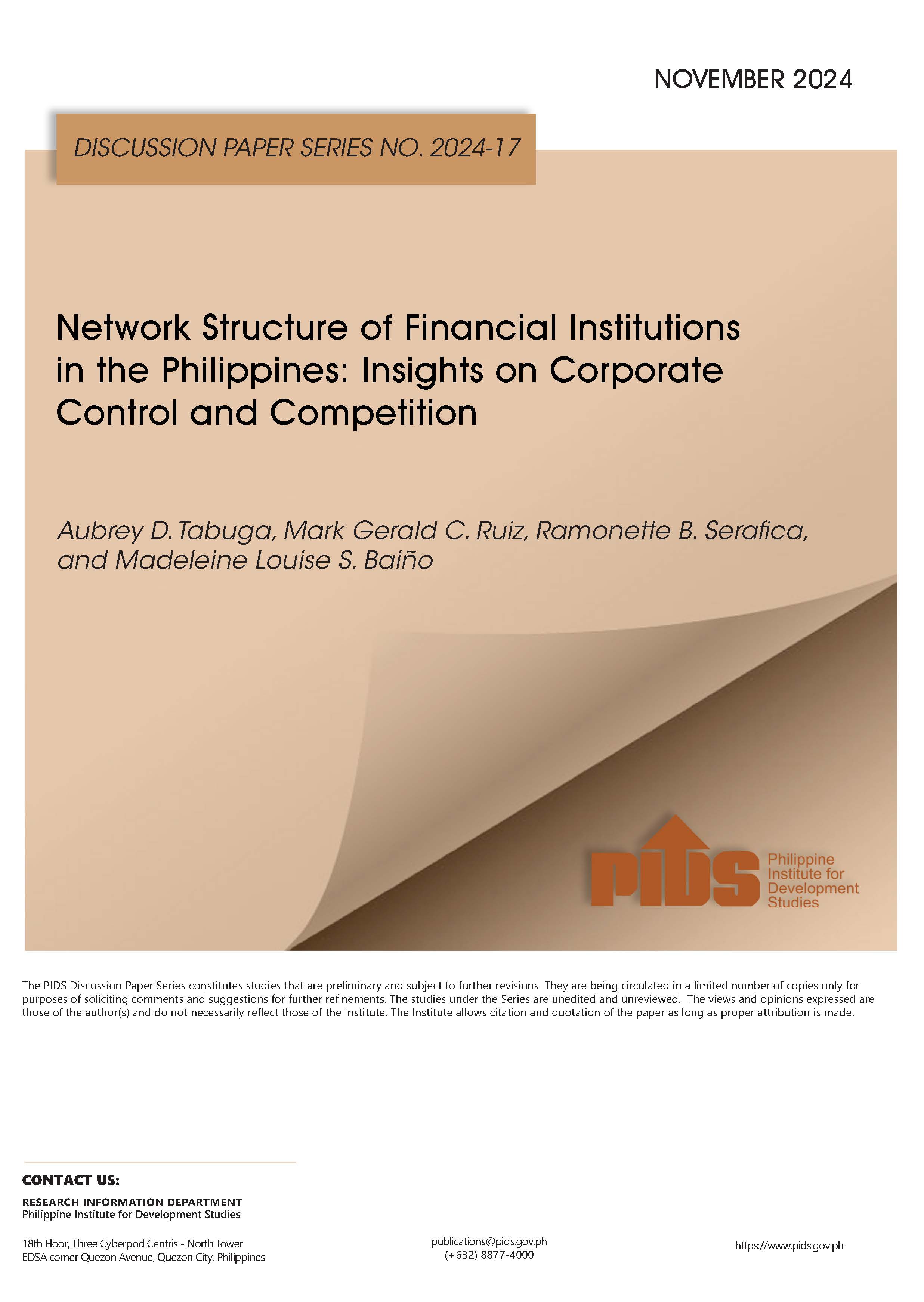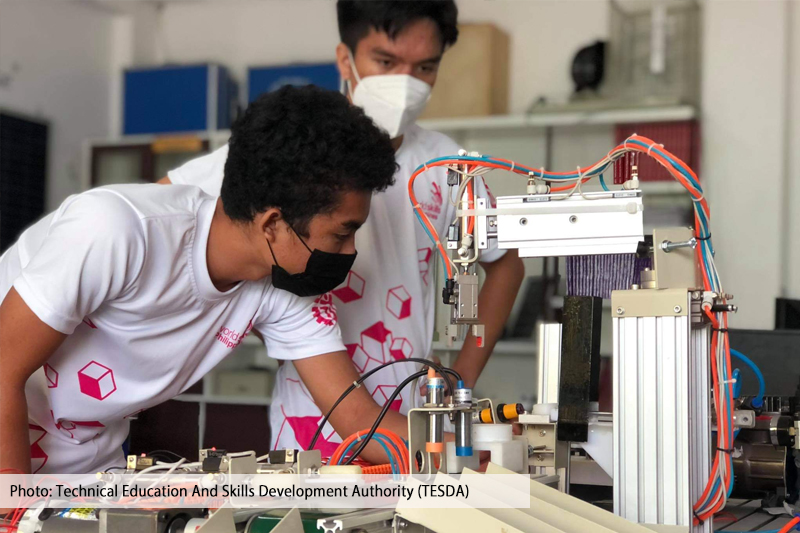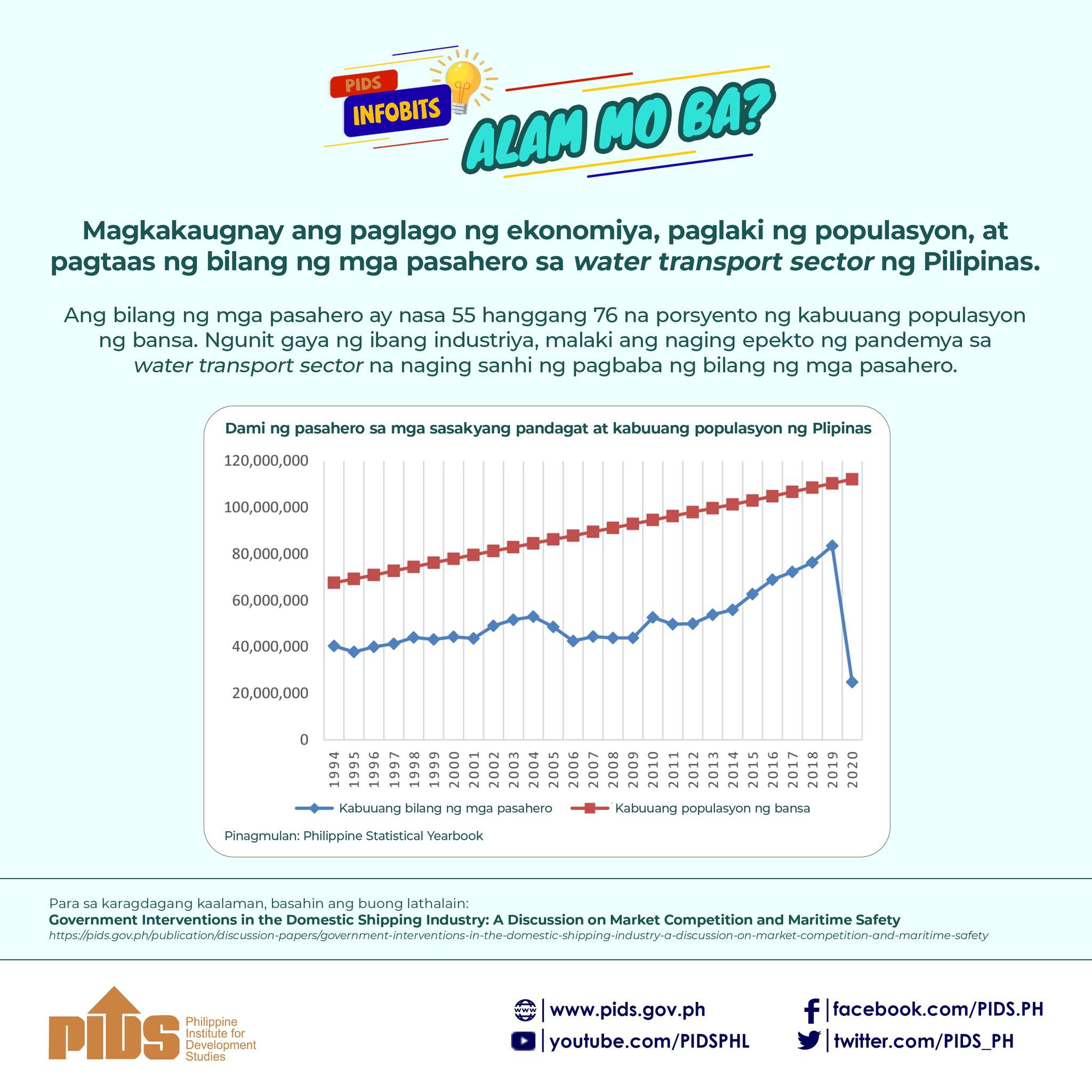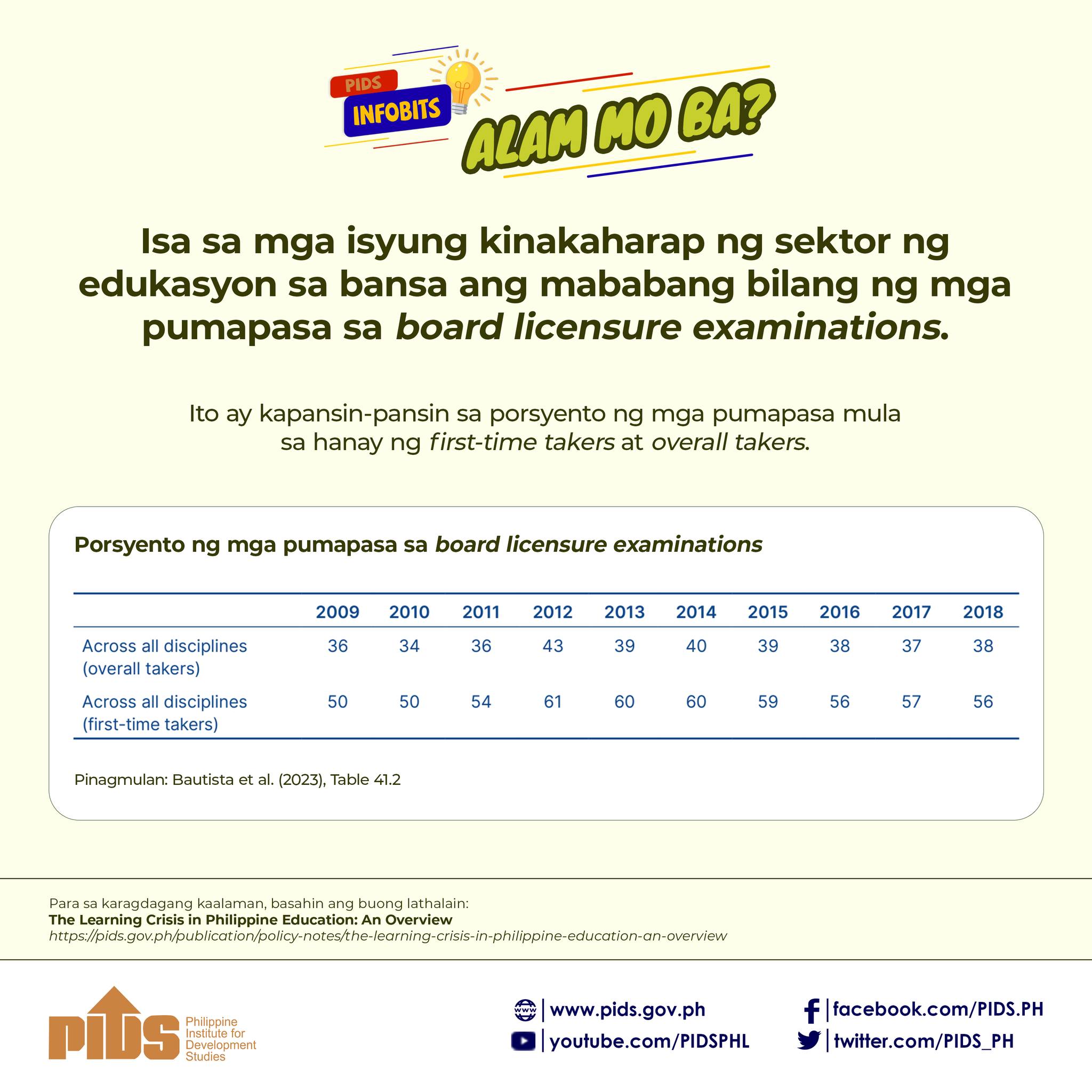The Department of Finance (DOF) has thrown its support to plans of imposing a tariff on rice imports, saying this was more beneficial to the rice sector readying to become an open market.
At the Senate agriculture and food committee hearing on Monday, state-run think tank Philippine Institute of Development Studies (Pids) urged a shift from the current quantitative restriction (QR) regime, which puts a quota on imports.
Pids research fellow Lovely Ann C. Tolin recommended slapping a 35-percent tariff on imported rice after the QR lapses in July next year.
Tolin also urged providing a funding support for farmers, which could be sourced from the tariff collection.
The tariff system and funding support “can be authorized by suitable amendment to the Agricultural Tariffication Act with the proviso that the executive can specify implementation details,” Tolin said, referring to Republic Act No. 8178.
Finance Undersecretary Gil S. Beltran said the agency “supports removing import restrictions on rice and transferring rice importations to the private sector.”
Curbing corruption
“We believe that this will lessen opportunities for corruption and also incentivize greater investment in the rice sector. The uncertainty over the timing and levels of imports on domestic sales by the [National Food Authority] has resulted in underinvestment in milling, drying and storage,” Beltran said.
“Also, the uncertainty of business terms within the private sector has also diminished the investment incentives in rice markets. These deficiencies cannot be eradicated by simply removing quota management processes. They must be addressed through tariffication,” Beltran added.
Agriculture Secretary Emmanuel F. Piñol, however, was seeking a grace period of “two more years starting now” before the QR on rice is removed to allow farmers to adjust to an expected influx of imports under an open market setup.
The National Economic and Development Authority earlier disclosed the decision of a majority of economic managers to remove the Philippines’ quota on rice importation, as the government moves to lower the price of the said Filipino staple food.
In 2014, the World Trade Organization (WTO) allowed the Philippines to extend its QR on rice until June 30, 2017 in a bid to buy more time for local farmers to prepare for free trade.
Meager supply
Since the government imposes a quota on rice imports, domestic prices are vulnerable to shocks resulting from meager supply.
The QR system puts the burden of rice supply and demand on the government, whereas market forces are limited by the quota system.
Pundits say importation should be done by the private sector in order to allow market forces to determine prices.
The extended QR slaps a 35-percent duty on imported rice under a minimum access volume (MAV) of 805,200 metric tons. Importation outside of the MAV limit are levied a higher tariff of 50 percent.
The Philippines’ most favored nation rate—the additional tariff imposed when imported outside of Asean—on the commodity remains at about 40 percent.
The WTO first allowed the Philippines to impose a 10-year quota system for rice importation in 1995. The QR was then extended in 2004 and then lapsed in 2012. It was renewed anew in 2014.
At the Senate agriculture and food committee hearing on Monday, state-run think tank Philippine Institute of Development Studies (Pids) urged a shift from the current quantitative restriction (QR) regime, which puts a quota on imports.
Pids research fellow Lovely Ann C. Tolin recommended slapping a 35-percent tariff on imported rice after the QR lapses in July next year.
Tolin also urged providing a funding support for farmers, which could be sourced from the tariff collection.
The tariff system and funding support “can be authorized by suitable amendment to the Agricultural Tariffication Act with the proviso that the executive can specify implementation details,” Tolin said, referring to Republic Act No. 8178.
Finance Undersecretary Gil S. Beltran said the agency “supports removing import restrictions on rice and transferring rice importations to the private sector.”
Curbing corruption
“We believe that this will lessen opportunities for corruption and also incentivize greater investment in the rice sector. The uncertainty over the timing and levels of imports on domestic sales by the [National Food Authority] has resulted in underinvestment in milling, drying and storage,” Beltran said.
“Also, the uncertainty of business terms within the private sector has also diminished the investment incentives in rice markets. These deficiencies cannot be eradicated by simply removing quota management processes. They must be addressed through tariffication,” Beltran added.
Agriculture Secretary Emmanuel F. Piñol, however, was seeking a grace period of “two more years starting now” before the QR on rice is removed to allow farmers to adjust to an expected influx of imports under an open market setup.
The National Economic and Development Authority earlier disclosed the decision of a majority of economic managers to remove the Philippines’ quota on rice importation, as the government moves to lower the price of the said Filipino staple food.
In 2014, the World Trade Organization (WTO) allowed the Philippines to extend its QR on rice until June 30, 2017 in a bid to buy more time for local farmers to prepare for free trade.
Meager supply
Since the government imposes a quota on rice imports, domestic prices are vulnerable to shocks resulting from meager supply.
The QR system puts the burden of rice supply and demand on the government, whereas market forces are limited by the quota system.
Pundits say importation should be done by the private sector in order to allow market forces to determine prices.
The extended QR slaps a 35-percent duty on imported rice under a minimum access volume (MAV) of 805,200 metric tons. Importation outside of the MAV limit are levied a higher tariff of 50 percent.
The Philippines’ most favored nation rate—the additional tariff imposed when imported outside of Asean—on the commodity remains at about 40 percent.
The WTO first allowed the Philippines to impose a 10-year quota system for rice importation in 1995. The QR was then extended in 2004 and then lapsed in 2012. It was renewed anew in 2014.

